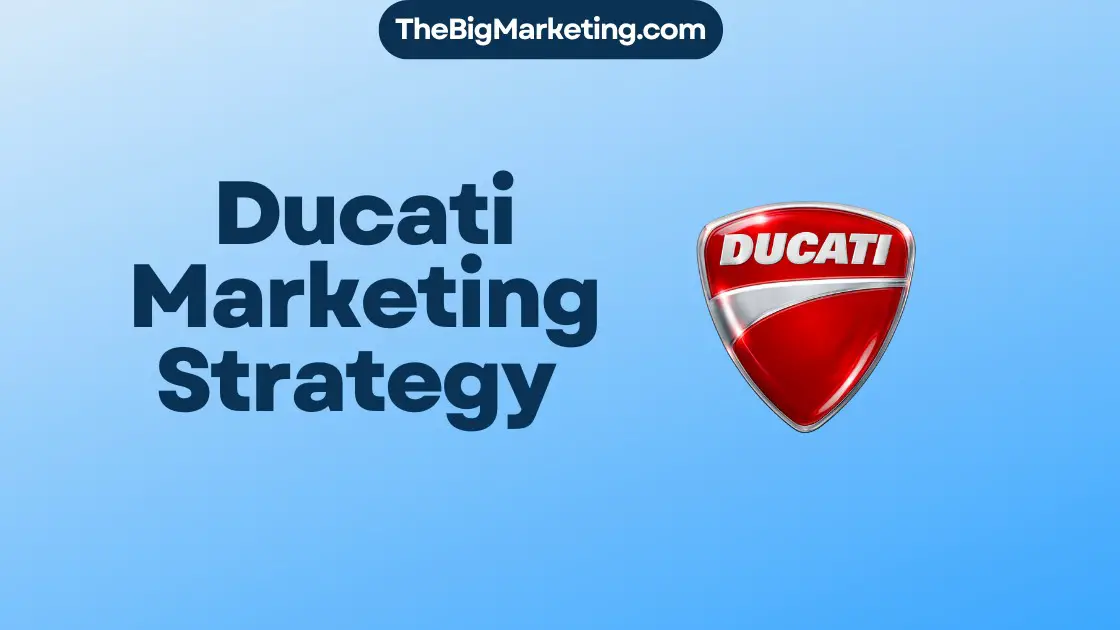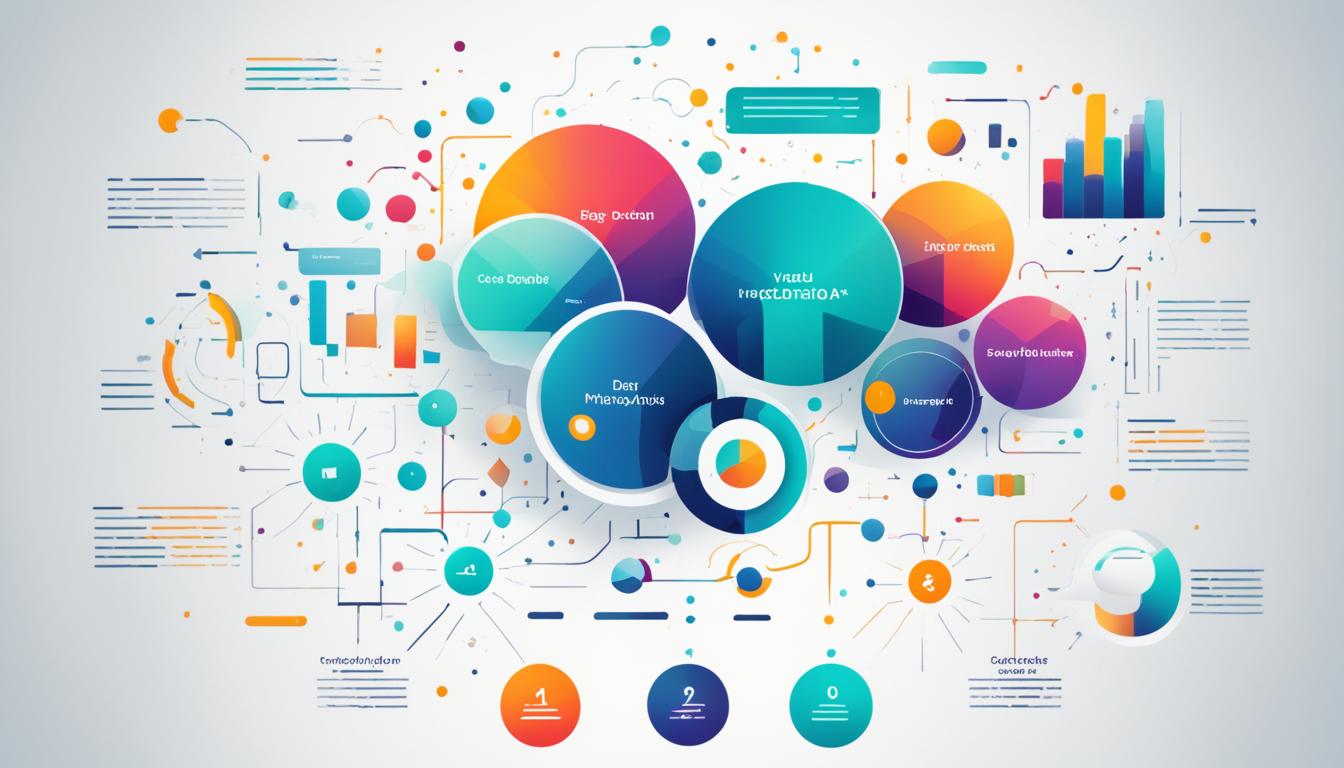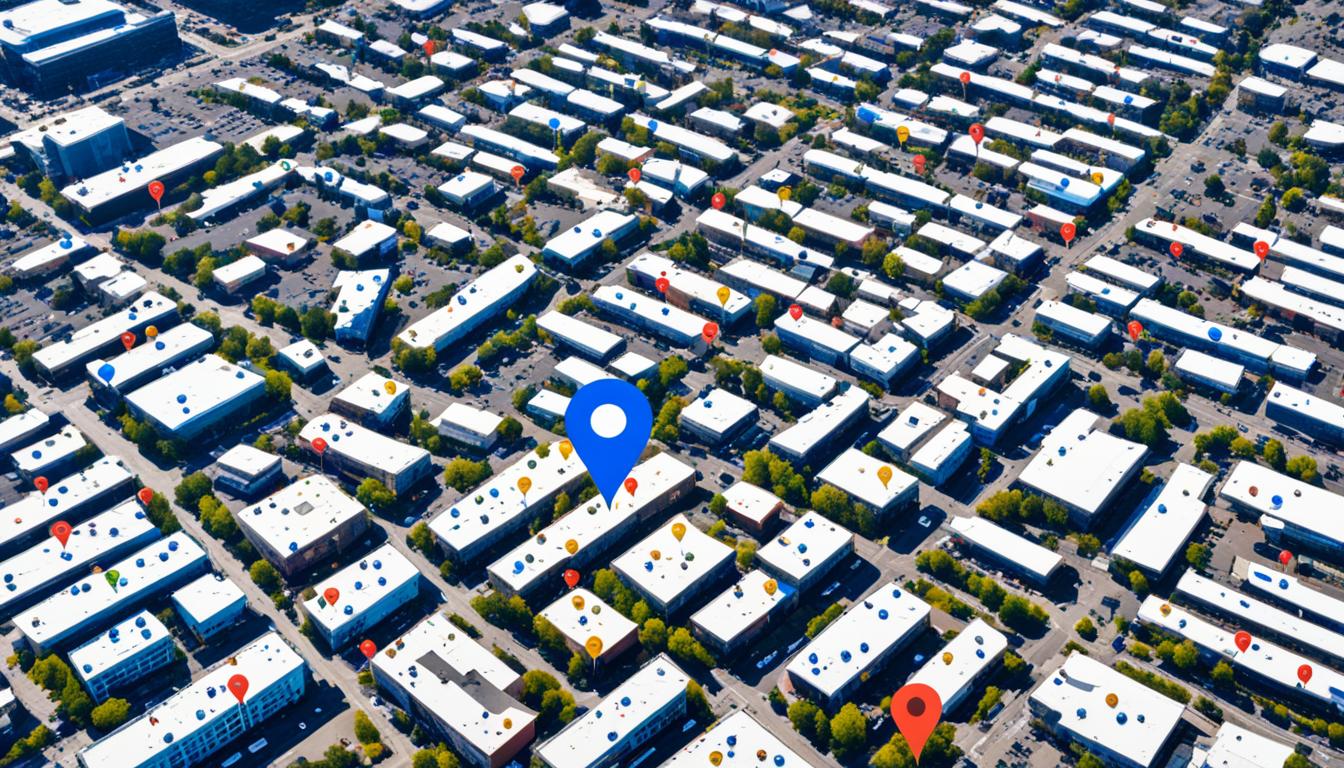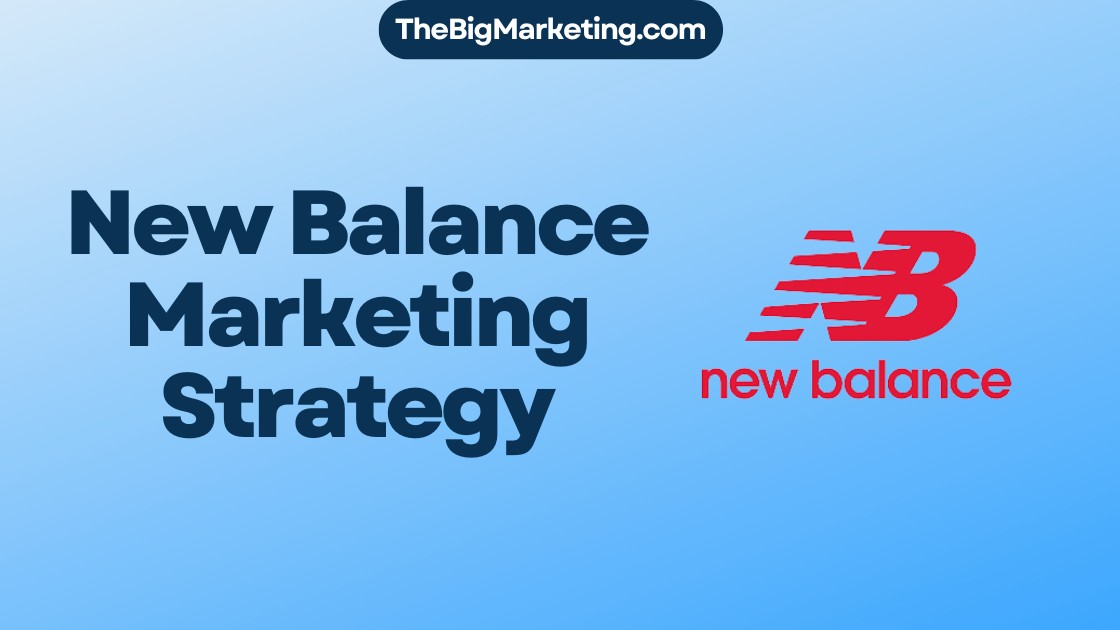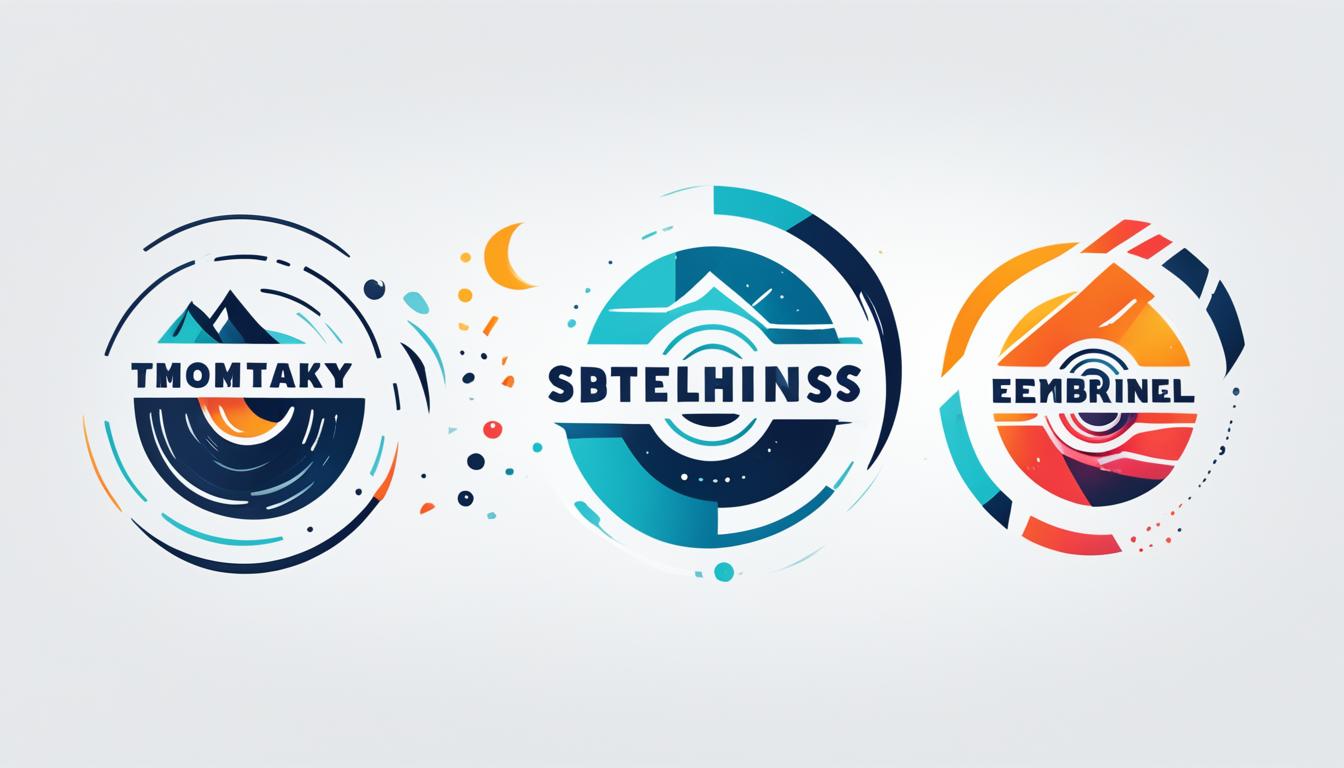Welcome to our in-depth analysis of Etihad Airways’ marketing strategy for 2024. In this case study, we will explore the airline’s innovative tactics and strategies, ranging from digital marketing approaches to revenue optimization strategies. By delving into Etihad Airways’ marketing initiatives, we aim to provide valuable insights for industry professionals and aviation enthusiasts alike.
Key Takeaways:
- Etihad Airways utilizes a comprehensive digital marketing approach to engage customers across various platforms.
- Customer loyalty programs play a crucial role in Etihad Airways’ marketing strategy, rewarding and retaining frequent flyers.
- Effective branding strategies position Etihad Airways as a luxury airline and attract high-end clientele.
- Competitive analysis helps Etihad Airways differentiate itself in the market and optimize revenue.
- Strategic market segmentation allows Etihad Airways to personalize its marketing efforts and enhance customer satisfaction.
The Marketing Strategy of Etihad Airways
Etihad Airways has developed a comprehensive marketing strategy to effectively promote its services and establish strong connections with its customers. The airline recognizes the power of digital marketing in today’s highly connected world and has made it a cornerstone of its approach. With a significant presence on popular social media platforms such as Instagram, LinkedIn, Facebook, and Twitter, Etihad Airways leverages these channels to engage with its target audience, share compelling content, and build brand awareness.
In addition to its digital marketing efforts, Etihad Airways places great emphasis on customer loyalty programs to nurture and retain its frequent flyers. The airline understands the significance of fostering long-term relationships with its customers and rewards their loyalty through various exclusive perks and privileges. By offering personalized experiences and special benefits, Etihad Airways effectively cultivates loyalty and strengthens its customer base.
Etihad Airways has also mastered the art of branding, employing savvy strategies to position itself as a luxury airline and attract discerning travelers. The airline carefully crafts its brand image, incorporating elements of elegance, sophistication, and top-notch service. Through meticulous attention to detail in its branding efforts, Etihad Airways successfully communicates its commitment to delivering exceptional travel experiences and stands out in a fiercely competitive market.
Overall, Etihad Airways’ marketing strategy reflects a holistic and customer-centric approach. By leveraging digital marketing, implementing customer loyalty programs, and executing effective branding strategies, the airline is able to engage its target audience, foster loyalty, and position itself as a leader in the industry.
Competitive Analysis in Etihad Airways Marketing Strategy
As part of its overall marketing strategy, Etihad Airways emphasizes the importance of competitive analysis to maintain a competitive edge in the dynamic airline industry. By closely monitoring market trends, analyzing pricing strategies, and evaluating service offerings, Etihad Airways can identify key opportunities for revenue optimization and strategic differentiation.
The Role of Competitive Analysis
Competitive analysis plays a vital role in shaping Etihad Airways’ marketing decisions and overall business strategy. By examining the strengths and weaknesses of its competitors, the airline can gain valuable insights into emerging market trends and patterns. This analysis enables Etihad Airways to understand customer preferences and anticipate changes in consumer behavior, allowing the company to tailor its marketing efforts and offerings accordingly.
Furthermore, competitive analysis provides Etihad Airways with a comprehensive understanding of the airline industry landscape. By keeping a close eye on its competitors, the company can identify potential gaps in the market, enabling it to develop innovative products and services that meet evolving customer needs.
Data Analysis and Revenue Optimization Strategies
Etihad Airways leverages its competitive analysis findings to inform its revenue optimization strategies. By analyzing pricing strategies of key competitors, the airline can adjust its own pricing models to ensure competitiveness and maximize profitability.
Additionally, by studying competitors’ service offerings, Etihad Airways can identify areas for improvement or innovation. This knowledge allows the airline to stay ahead of the competition and provide unique value propositions to its customers. For example, if a competitor introduces a new service or product that gains traction in the market, Etihad Airways can assess whether a similar offering would be beneficial and implement it in a way that differentiates the airline from its competitors.
Case Study: Competitive Analysis in Action
To illustrate the effectiveness of its competitive analysis efforts, let’s consider a hypothetical scenario. Suppose Etihad Airways identifies a competitor that has successfully launched a new loyalty program targeting high-end travelers. By conducting a thorough competitive analysis, Etihad Airways can evaluate the program’s features, benefits, and customer reception. Armed with this knowledge, the airline can make strategic decisions to enhance its own loyalty program or introduce new initiatives that cater to its target market’s specific needs, setting itself apart from the competition.
This case study demonstrates how competitive analysis plays a critical role in shaping Etihad Airways’ marketing strategy and overall success in the airline industry.
| Competitor | Price Range | Service Offerings | Etihad Airways’ Strategy |
|---|---|---|---|
| Competitor A | $$ | Complimentary Wi-Fi, Extra Legroom | Differentiate by offering premium in-flight amenities and personalized services. |
| Competitor B | $$ | Flexible Booking Policy, Vegetarian Meal Options | Target vegetarian travelers by expanding meal options and offering flexible booking. |
| Competitor C | $$$ | Luxury Private Suites, Onboard Shower Facilities | Focus on high-end luxury with exclusive services and superior cabin designs. |
Market Segmentation Tactics of Etihad Airways
As part of its comprehensive marketing strategy, Etihad Airways employs effective market segmentation tactics to target specific customer segments and tailor its marketing efforts accordingly. By considering factors such as demographics, psychographics, and behavioral characteristics, the airline creates personalized marketing campaigns that resonate with different customer groups, driving customer satisfaction and loyalty.
The Importance of Market Segmentation
Market segmentation allows Etihad Airways to understand the diverse needs and preferences of its customer base. By dividing the market into distinct segments, the airline can develop targeted marketing strategies that address the unique requirements of each segment. This approach enables Etihad Airways to reach the right customers with the right message at the right time, maximizing the effectiveness of its marketing efforts.
Segmentation Factors
Etihad Airways considers various factors when segmenting its market. Demographic segmentation entails dividing customers based on age, gender, income, and other demographic variables. Psychographic segmentation focuses on customers’ lifestyles, values, and interests, enabling the airline to create marketing campaigns that align with their preferences. Behavioral segmentation examines customers’ purchasing patterns, loyalty, and consumption behaviors, allowing Etihad Airways to tailor its offerings and promotions accordingly.
Personalized Marketing Campaigns
By utilizing the insights gained from market segmentation, Etihad Airways develops personalized marketing campaigns that resonate with different customer groups. This tailored approach ensures that marketing messages are relevant, compelling, and engaging to customers. Whether it’s offering exclusive travel packages to luxury travelers, promoting family-friendly deals to parents, or introducing budget-friendly options to price-conscious customers, Etihad Airways’ personalized marketing campaigns cater to diverse audience segments.
Driving Customer Satisfaction and Loyalty
Through its market segmentation tactics, Etihad Airways enhances customer satisfaction and drives loyalty. By catering to the specific needs and preferences of different customer segments, the airline enhances the overall travel experience, ensuring that customers feel valued and understood. This personalized approach fosters positive customer relationships and encourages repeat business, ultimately leading to long-term customer loyalty.
| Benefits of Market Segmentation | Examples |
|---|---|
| Improved targeting and relevancy | Exclusive travel packages for luxury travelers |
| Enhanced customer satisfaction | Family-friendly deals for parents |
| Increased customer loyalty | Budget-friendly options for price-conscious customers |
Branding Strategies in Etihad Airways Marketing Strategy
Etihad Airways understands the importance of creating a strong, distinctive brand identity in the highly competitive airline industry. As part of its comprehensive marketing strategy, the airline employs various branding strategies to differentiate itself from competitors and attract a loyal customer base.
One of the key elements of Etihad Airways’ branding efforts is reflecting the spirit of the UAE through its visual identity. The airline incorporates corporative colors and geomantic shapes that pay homage to the country’s rich cultural heritage. By aligning its brand with the values and aspirations of the UAE, Etihad Airways establishes a strong emotional connection with customers and investors who resonate with these cultural elements.
Etihad Airways also leverages various branding touchpoints to reinforce its brand identity. From the design of its aircraft exteriors to the interior cabin aesthetics, every aspect of the passenger experience is carefully curated to exude luxury, sophistication, and the utmost attention to detail. Additionally, the airline strategically partners with luxury brands in sectors such as fashion, hospitality, and fine dining, further enhancing its brand image and positioning.
Furthermore, Etihad Airways utilizes consistent messaging and storytelling across its marketing channels to reinforce its brand values. The airline’s marketing campaigns highlight its commitment to excellence, innovation, and personalized service, creating a powerful narrative that resonates with customers. By conveying a compelling brand story, Etihad Airways establishes itself as a trusted and reputable airline in the minds of consumers.
Branding Strategies Table
| Branding Strategies | Description |
|---|---|
| Reflecting the spirit of the UAE | Incorporating corporative colors and geomantic shapes that pay homage to the country’s cultural heritage |
| Designing for luxury and attention to detail | Curating every aspect of the passenger experience to exude luxury, sophistication, and attention to detail |
| Strategic partnerships with luxury brands | Collaborating with luxury brands in sectors such as fashion, hospitality, and fine dining to enhance the brand image |
| Consistent messaging and storytelling | Using consistent messaging across marketing channels to tell a compelling brand story that resonates with customers |
Through its strategic branding strategies, Etihad Airways has successfully positioned itself as a premium airline that offers a unique and exceptional travel experience. The airline’s focus on creating a strong brand identity sets it apart from competitors and fosters customer loyalty.
Revenue Optimization Strategies of Etihad Airways
Etihad Airways is committed to maximizing its financial performance through effective revenue optimization strategies.
One key aspect of Etihad’s revenue optimization strategy is its pricing solutions that cater to different customer segments. The airline offers a range of pricing options, from affordable economy class flights to exclusive luxury services. This approach allows Etihad Airways to appeal to a wider customer base and generate increased revenue.
In addition to pricing, Etihad Airways focuses on strategic distribution decisions. By carefully selecting distribution channels and partnerships, the airline ensures that its services reach the right target audience. This targeted distribution approach helps optimize revenue by reaching potential customers in the most efficient way.
Etihad Airways also emphasizes effective inventory management as part of its revenue optimization strategy. By closely monitoring demand, the airline can make informed decisions about seat availability and flight schedules. This ensures efficient operations and maximizes profitability by avoiding unnecessary costs associated with underutilized capacity.
| Revenue Optimization Strategies | Benefits |
|---|---|
| Pricing solutions catering to different customer segments | Appeals to a wider customer base, increased revenue |
| Strategic distribution decisions | Reaches target audience efficiently, optimized revenue |
| Effective inventory management | Efficient operations, maximized profitability |
By implementing these revenue optimization strategies, Etihad Airways maintains a strong financial position while providing a diverse range of services to its customers.
Supply Chain Management in Etihad Airways Marketing Strategy
Etihad Airways recognizes the critical role of supply chain management in delivering seamless operations and exceptional customer experiences. The airline has implemented a robust supply chain management system that covers various aspects of its operations, including logistics, fuel supply, accommodation, and airport services.
By establishing strong relationships with suppliers and partners, Etihad Airways ensures the timely delivery of goods and services, supporting the efficient functioning of its operations. The airline prioritizes customer needs in its supply chain management, striving to provide high-quality services and ensure customer satisfaction.
Etihad Airways’ commitment to supply chain management excellence enables the airline to maintain its operational standards and meet customer expectations consistently. By optimizing its supply chain, the airline can enhance its overall efficiency, reduce costs, and deliver on its promise of exceptional service.
Furthermore, Etihad Airways leverages technology and innovation in its supply chain management processes, exploring advanced solutions to streamline operations, improve transparency, and enhance collaboration with suppliers. This commitment to technological advancement allows the airline to stay at the forefront of industry best practices and adapt quickly to evolving market dynamics.
Key Aspects of Etihad Airways’ Supply Chain Management
Etihad Airways incorporates the following key aspects into its supply chain management:
- Logistics Management: Etihad Airways carefully coordinates its logistics processes, ensuring the efficient movement of goods and services throughout its network. This includes managing inventory, transportation, and warehousing to maintain a seamless flow of operations.
- Fuel Supply Optimization: As fuel costs significantly impact an airline’s operations, Etihad Airways focuses on optimizing fuel supply to reduce costs and increase efficiency. Through strategic partnerships and effective fuel management strategies, the airline minimizes fuel-related disruptions and maximizes operational effectiveness.
- Accommodation and Catering Services Management: Etihad Airways ensures that its passengers receive exceptional service and comfort by effectively managing accommodation and catering services. By partnering with renowned industry brands and implementing rigorous quality control measures, the airline guarantees high-quality amenities and meals for its customers.
- Airport Services: Etihad Airways collaborates closely with airports to streamline service delivery processes and enhance the passenger experience. This includes efficient baggage handling, quick turnaround times, and personalized assistance, creating a seamless journey from check-in to arrival.
Through the careful orchestration of its supply chain management processes, Etihad Airways remains committed to delivering exceptional service, maintaining operational excellence, and enhancing customer satisfaction.
Sustainability in Etihad Airways Marketing Strategy
Sustainability is an integral part of Etihad Airways’ marketing strategy. The airline is committed to reducing its carbon footprint and addressing environmental concerns. Etihad Airways focuses on areas such as ecological impact, customer care, working conditions, and sustainable travel opportunities. The company collaborates with industry partners and implements innovative solutions to promote sustainable flight operations. Etihad Airways has also achieved significant milestones in sustainability, including accreditation in environmental assessment and recognition as the Environmental Airline of the Year.
Environmental Conservation
Etihad Airways is dedicated to minimizing its environmental impact. The airline has implemented initiatives to reduce carbon emissions through the adoption of fuel-efficient aircraft, optimized flight routes, and sustainable fuel alternatives. The company continuously invests in research and development to identify and implement eco-friendly technologies that further enhance its commitment to environmental conservation. By integrating sustainability into its marketing strategy, Etihad Airways attracts environmentally conscious travelers and strengthens its reputation as a responsible airline.
Customer Care and Sustainable Travel
Etihad Airways places a strong emphasis on providing a superior travel experience while prioritizing customer care and sustainability. The airline implements measures to reduce waste, promote recycling, and enhance overall energy efficiency across its operations. Etihad Airways also offers passengers sustainable travel options, such as carbon offset programs and eco-friendly amenities, to encourage responsible and conscious travel choices. By integrating sustainability into its customer care initiatives, Etihad Airways builds stronger connections with environmentally conscious travelers and fosters loyalty among its target audience.
Collaboration and Innovation
Etihad Airways actively collaborates with industry partners, suppliers, and stakeholders to drive sustainability initiatives within the aviation sector. By sharing best practices, knowledge, and resources, the airline aims to create lasting change and drive innovation in sustainable flight operations. Etihad Airways leverages its partnerships to support research and development efforts for eco-friendly technologies and sustainable aviation practices. This collaborative approach amplifies the airline’s impact on sustainable travel and reinforces its commitment to environmental stewardship.
In conclusion, sustainability is an integral aspect of Etihad Airways’ marketing strategy. The airline’s commitment to reducing its carbon footprint, addressing environmental concerns, and promoting sustainable travel reflects its dedication to responsible business practices. By incorporating sustainability into its marketing initiatives, Etihad Airways not only attracts environmentally conscious travelers but also sets an example for the aviation industry. The airline’s achievements in sustainability, including environmental accreditation and recognition, reinforce its position as a leader in environmentally responsible air travel.
Innovation and Best Examples in Etihad Airways Marketing Strategy
Etihad Airways has proven to be a pioneer in innovative marketing campaigns and customer engagement. The airline has successfully launched unique initiatives that showcase its commitment to sustainability and customer satisfaction. Let’s explore some of the best examples that demonstrate Etihad Airways’ marketing strategy:
“Conscious Choices” Green Loyalty Program
Etihad Airways’ “Conscious Choices” loyalty program is a prime example of the airline’s innovative approach to sustainability. This program rewards frequent flyers who make environmentally conscious choices, such as offsetting their carbon emissions or choosing eco-friendly options during their travel. By encouraging customers to make greener choices, Etihad Airways not only enhances its brand image but also contributes to a more sustainable aviation industry.
Strategic Partnerships with Boeing and General Electric
Etihad Airways has formed strategic partnerships with industry giants like Boeing and General Electric, further exemplifying its innovative marketing strategy. These collaborations have enabled the airline to optimize its operations and enhance the customer experience. Through partnerships with Boeing, Etihad Airways has introduced state-of-the-art aircraft with advanced features and increased fuel efficiency. Additionally, the partnership with General Electric has facilitated the implementation of sustainable aviation technologies, contributing to the airline’s commitment to environmental stewardship.
These examples not only demonstrate Etihad Airways’ innovative mindset but also establish the airline as a leader in the aviation industry. By consistently pushing boundaries and adopting forward-thinking approaches, Etihad Airways has successfully differentiated itself from its competitors and provided an exceptional travel experience to its customers.
Conclusion
Etihad Airways’ marketing strategy showcases a comprehensive approach that encompasses various tactics and strategies to position itself as an industry leader. Through its digital marketing efforts, the airline effectively engages with customers on social media, establishing a strong online presence. Customer loyalty programs further enhance Etihad Airways’ marketing strategy, fostering long-term relationships with frequent flyers.
The airline’s branding strategies successfully reflect the cultural values of the UAE, attracting a clientele that resonates with the country’s heritage. Furthermore, market segmentation tactics enable Etihad Airways to personalize its marketing campaigns, catering to the needs of diverse customer groups.
Etihad Airways’ commitment to sustainability-driven procurement has not only reduced its environmental impact but has also contributed to its financial success. By implementing innovative solutions and collaborating with industry partners, the airline has achieved significant milestones in environmental stewardship. This emphasis on sustainability has boosted Etihad Airways’ reputation and profitability.
Overall, Etihad Airways serves as a compelling case study for how a comprehensive marketing strategy, encompassing digital marketing, branding, market segmentation, and sustainability, can position an airline for success in both environmental stewardship and financial profitability.


